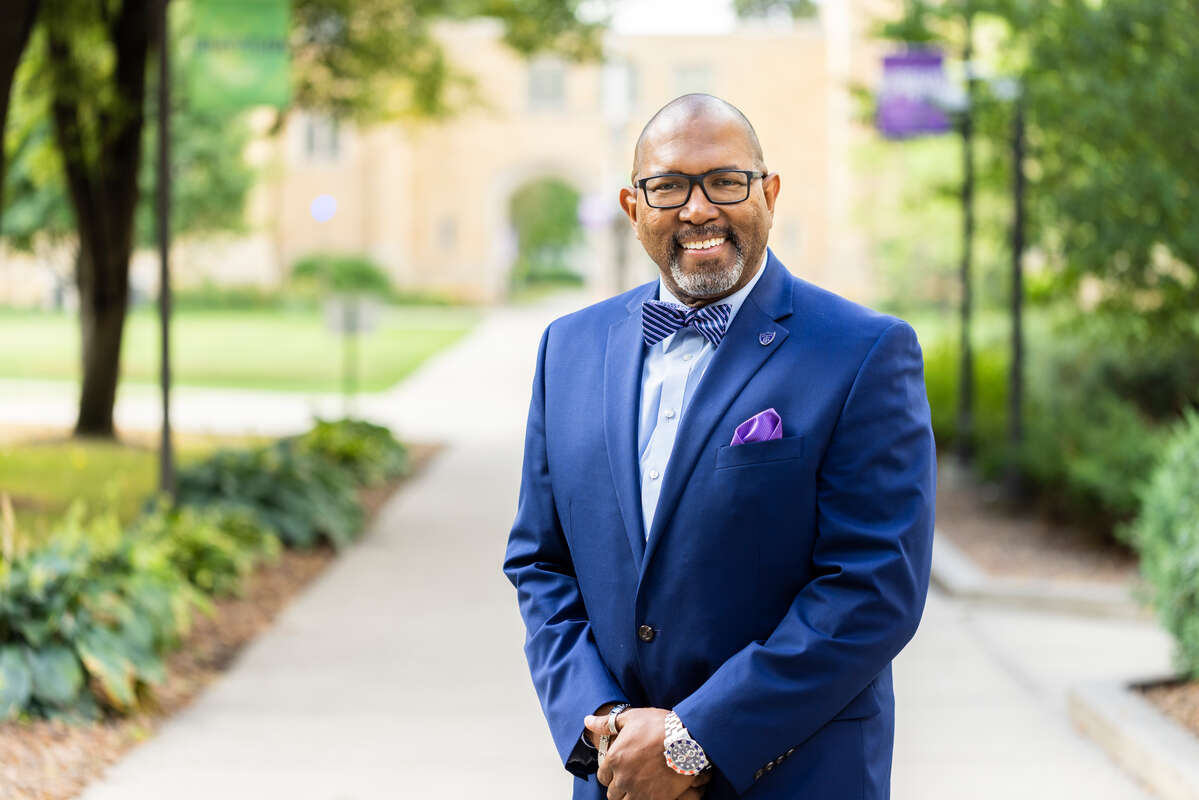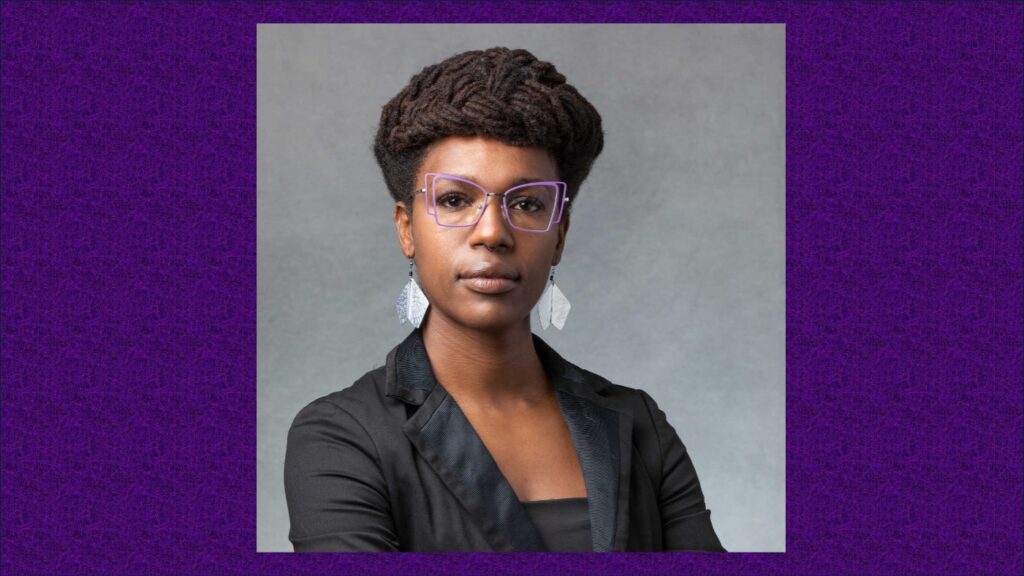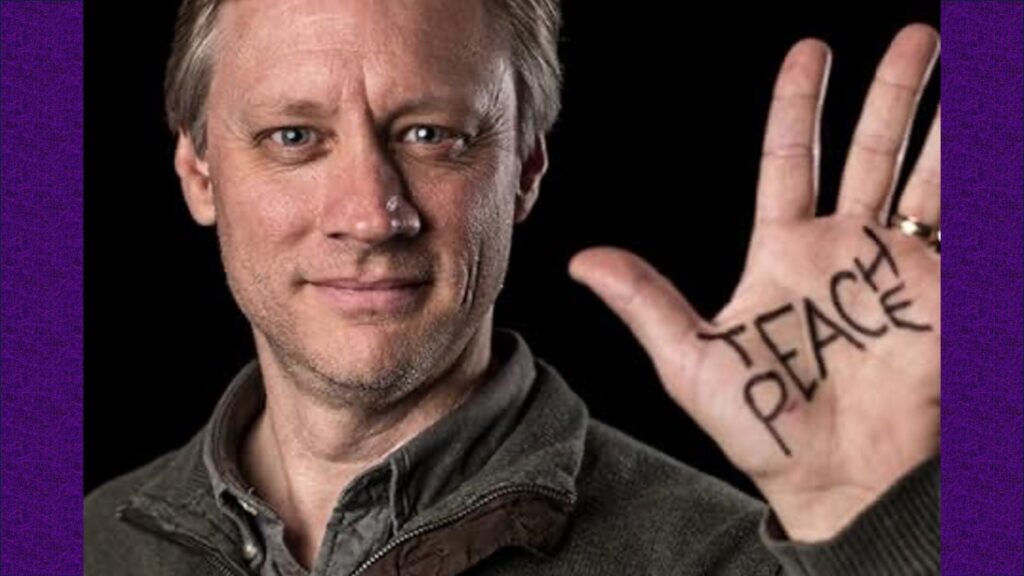An early experience with higher education shaped the professional career of Omar Correa, St. Thomas’ new vice president of strategic enrollment management. Beginning his academic career at the University of Puerto Rico, Correa braved a transition to Iowa State University to complete a bachelor’s degree in chemistry, although he did not speak English at the time.
Since receiving his degree, Correa’s 26-year career in enrollment management at several institutions in the Midwest has focused on creating environments where all students can thrive.
St. Thomas makes encouraging progress in continuing to diversify its student population; the university is on track to welcome its most diverse class ever this year.
In line with the St. Thomas 2025 strategic plan, the university is aiming to increase the percentage of students of color in the first-time, first-year four-year undergraduate incoming class to 29% by 2025 and increase the percentage of students of color in the total student population to 32% by 2025. The total student body is currently 23% students of color – the highest on record.
The Newsroom caught up with Correa on what attracted him to St. Thomas, how the university can thrive in the long term and more.
You have a strong track record of exceeding enrollment targets. What does it take to be successful?
When it comes to enrollment management and higher education, I believe that the No. 1 focus is to remain student-centered. What that means is that we are bringing students to the institution who are or have identified a fit between the institution and their educational goals. When that happens, they are better prepared to be successful.
Our retention rates then are going to be where they should be, as will our graduation rates and net tuition revenue.
What attracted you to the opportunity at St. Thomas?
I was very excited to hear about the mission-driven activities, like Dougherty Family College. There are other areas that are very good indicators of the trajectory of St. Thomas, such as the transition to D-I and the fundraising goals for the future. There’s a lot to be excited about.
What advantages does St. Thomas have working in its favor?
I’m truly at the discovery portion of my time here. Regardless of the specific goals, what I see is a place that financially, academically and from a staffing standpoint is well positioned toward growth and success in the future.
I have seen that the institution values diversity, which helps the prosperity and success of St. Thomas. Just look at the administration leadership page, and you will see ethnic and background diversity. That’s one of the key performance indicators for the success of an institution.
There are a lot of indicators that show that we are on track to continue to be successful.

At this point, what is the Class of 2026 shaping up to be in terms of demographics?
What I can tell you is that the numbers for first-time, first-year bachelor’s degree-seeking students is tracking slightly ahead of last year. Our international students also are tracking slightly ahead, and our transfer numbers are as strong as we saw them in the last cycle.
Those are all great barometers to keep track of. We are very excited.
High school graduate numbers will start to decrease in about 2025. What will it take for higher education institutions to survive the resulting enrollment cliff?
Since 2020, there are more than 1 million college-bound students who did not attend college during the year that they were supposed to enter. We need to look at new populations and new markets that will be able to sustain our enrollment into the future. For instance, out of state, the transfer population, community colleges and international markets are all important. We also need to invest in retention to assist more of our current students to retain and be successful here.
How will St. Thomas not only survive, but thrive, in the long term?
We definitely are in the game to thrive as an institution. For us to thrive, there has to be continued development of our academic programs. I look forward to learning more about what St. Thomas is planning or has in store already. Although I just started here, I know that there are a lot of great people who have been working hard to develop the plan for the next version of St. Thomas into the future, which includes continuing to attract the type of students who have made St. Thomas very successful all these years, along with new students who will also have a great academic experience.
Last year’s incoming class was St. Thomas’ most diverse ever. Among the new first-time, first-year bachelor’s degree-seeking students, 25% were students of color. The university also saw a 15% jump in new international undergraduate students last year. What will it take for St. Thomas to continue to attract, retain and graduate diverse students?
That also is very much connected to the changing demographics. As we continue to develop plans for growth in terms of our enrollment, we need to be very much aware of diversity, access and inclusion.
Regarding groups of students who have not been traditionally the types of students who have applied, been accepted and enjoyed a St. Thomas education, we need to prepare the St. Thomas community to accept, welcome, receive and help these new students.
Regardless of what diversity means for us, how welcoming and prepared is our campus community?
How can we tell a compelling story to a new type of student, knowing that they can apply and find success at St. Thomas? We’re ready.







